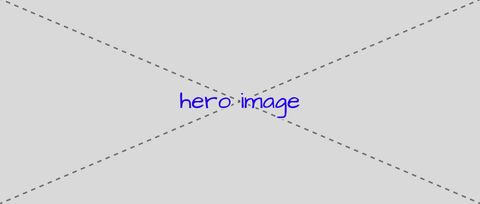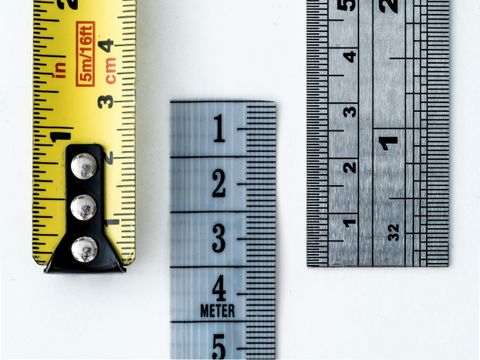I was invited to join after the CSSWG approved work on my proposal for
extending the CSS Cascade & Inheritance module, so that authors can
define custom CSS origins. Jen Simmons presented the proposal at a
CSSWG “face-to-face” meeting, along with supporting slides. I’ll write
an article with details about the proposal soon.
I think it’s a brilliant idea.
Almost want to stop talking about whether or not to do it,
and just start talking syntax.
—Florian Rivoal, Invited Expert at W3C CSSWG
In the meantime, it’s an honor to join the W3C, and help define the
future of a language I love. I have a lot to learn about the process,
but I’m excited to start contributing!




